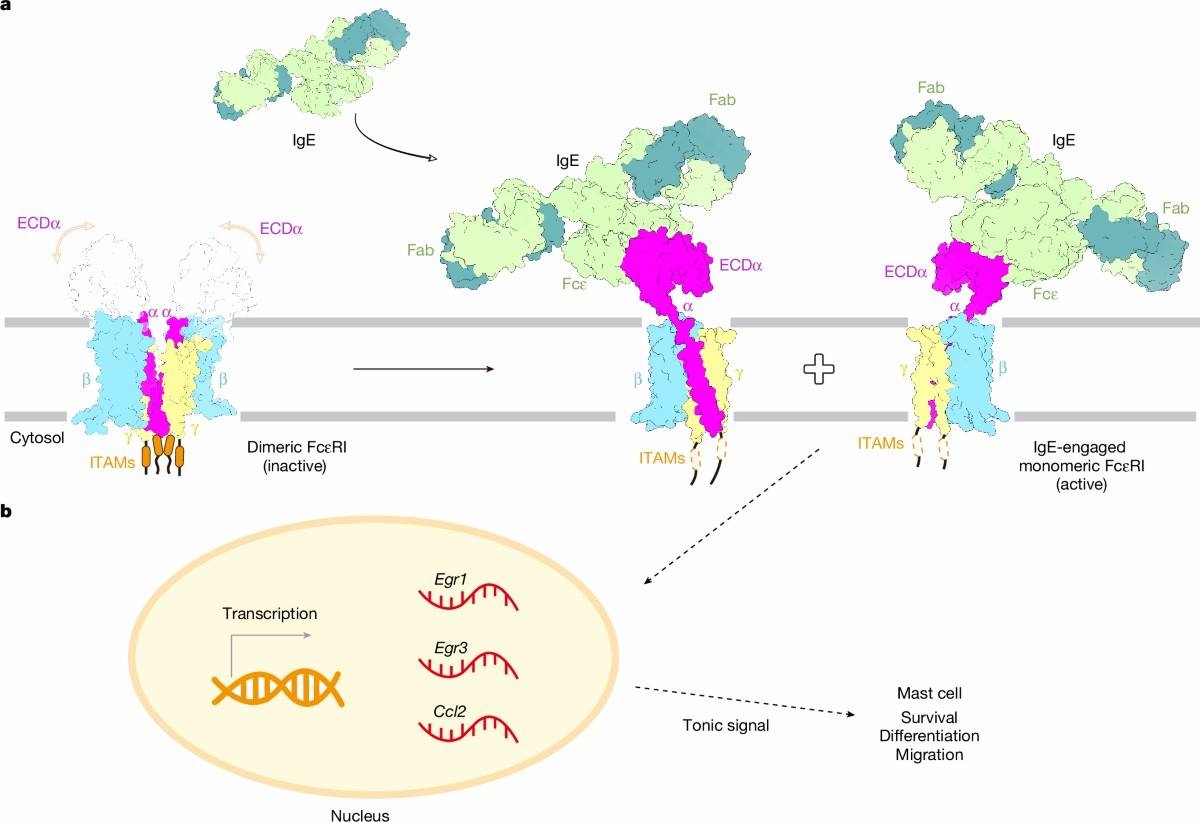Allergens
Allergies are one of the most common chronic diseases. Allergy occurs when a person's immune system reacts to substances in the environment that are harmless to most people. These substances are known as allergens and are found in dust mites, pets, pollen, insects, ticks, moulds, foods, and drugs (medications).
Normally, the immune system—which includes antibodies, white blood cells, mast cells, complement proteins, and other substances—defends the body against foreign substances (called antigens). However, in susceptible people, the immune system can overreact when exposed to certain substances (allergens) in the environment, foods, or medications leading to an allergic reaction. (Allergens are molecules that the immune system can identify and that can stimulate a response by the immune system)
Allergy describes a wide range of conditions. The most common and best understood is mediated by a class of antibody called immunoglobulin E (IgE). IgE-mediated allergy is broadly characterized as a Type 1 hypersensitivity. Other hypersensitivity reactions (II, III and IV) are mediated by other antibody classes, immune cells, or cellular components.
 Fig. 1 Molecular mechanism of IgE-mediated FcεRI activation
Fig. 1 Molecular mechanism of IgE-mediated FcεRI activation
Allergens can cause an allergic reaction when they land on the skin or in the eyes or are inhaled, eaten or injected. Based on how these occur, allergens can be roughly divided into the following categories.
Food Allergens: Common culprits include milk, eggs, fish, shellfish, beef, mutton, seafood, and certain spices and fruits. These can cause a range of digestive and systemic reactions.
Contact Allergens: These are substances that cause reactions upon contact with the skin, such as pollen, dust, animal dander, and chemicals found in cosmetics and rubber products.
Injectable Allergens: Certain medications like penicillin and streptomycin, as well as insect bites, can lead to severe allergic reactions.
Autoantigens: These are the body's own proteins that, under certain conditions like stress or infection, can be mistaken for foreign substances and trigger an autoimmune response.
References
- Aas, Kjell, et al. What Makes an Allergen an Allergen. Allergy 33.1(2010):3-14.
- Chen M, et al. Molecular mechanism of IgE-mediated FcεRI activation. Nature. 2024 Oct 23. Epub ahead of print. PMID: 39442557.